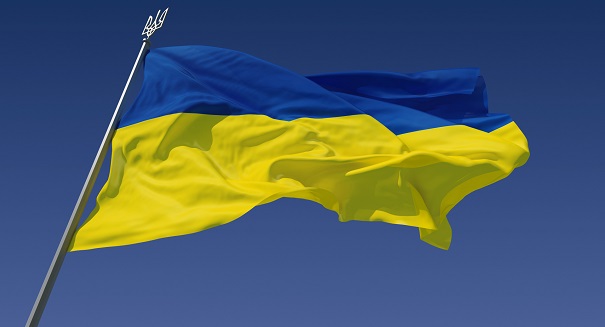
Over 5 million individuals in the Ukraine alone were living in conflict zones and out of that number more than 1 million individuals were facing harsh conditions, be it weather, finances or lack aid and services.
The conflict in the Ukraine has driven an estimated one million individuals from their homes. Men, women and children of all ages and the mass exodus is not only slowing humanitarian aide but is having an almost decimating effect on the country.
The United Nations Office for the Coordination of Humanitarian Affairs (OCHA) revealed that since August 2014 to the present there have been more than 600,000 people driven from their homes in the Ukraine with nearly the same number of people fleeing to neighboring countries. And those numbers continue to get higher.
For its part, the United Nations underscored the human migration by clarifying that over 5 million individuals in the Ukraine alone were living in conflict zones and out of that number more than 1 million individuals were facing harsh conditions, be it weather, finances or lack of relief through aid and infrastructure services.
Spokespersons for the United Nations High Commission for Refugees reported that the elderly and the sick, and people living with disabilities in institutions, typical of those types of individuals not capable or prevented from leaving their homes, were not receiving anywhere near the help they needed, if any.
It is no secret that humanitarian organizations have limited access to the areas controlled by armed groups fighting the government and this only exasperates efforts to provide humanitarian relief and aid.
With relations between Russia and the West at their worst since the Cold War, statistics show that in 2014 alone the aggression between Ukraine and pro-Russia separatists is responsible for taking the lives of nearly 5,000 people.
According to Reuters, the distribution of aid-relief efforts was somewhat delayed due to intervention on the part of pro-Kiev rebel forces who are blocking successful transport of relief packages to Ukraine’s eastern region. Furthermore, Deputy Director of Europe and Central Asia at Amnesty International Mr. Denis Krivosheev remarked that residents in the separatist-controlled cities of Donetsk and Luhansk could barely afford medicines and food. Adding that while it may be premature at this stage to refer to this as a humanitarian catastrophe, there are certainly indicators pointing in that direction.
And if that was not bad enough, the U.N. refugee agency (UNHCR) reported that social benefits – specifically pensions funds – are being held up as well due to being re-routed to government controlled zones. Since last February say UNHCR officials, problems with infrastructure and aid have been problematic at best and nonexistent at worst.
According at a report from the United Nations News Center, through its latest efforts, which it will initiate in January, the United Nations Development Program will look to distribute some 30,000 food packages to supplement the more than 25,000 already distributed to internally displaced persons across the country. It will target its efforts to a diverse group of individuals including the elderly, expectant women, orphans, families with children and the disabled.
And putting a new spin on the idea that no one is left behind, in addition to food relief, the United Nations will attempt to distribute sets of warm clothing for adults and children as well as sets of bed linen and blankets in an effort to help stem the debilitating effects of another harsh Ukrainian winter.
Leave a Reply